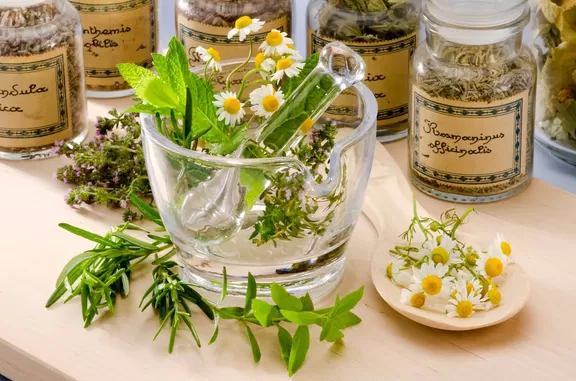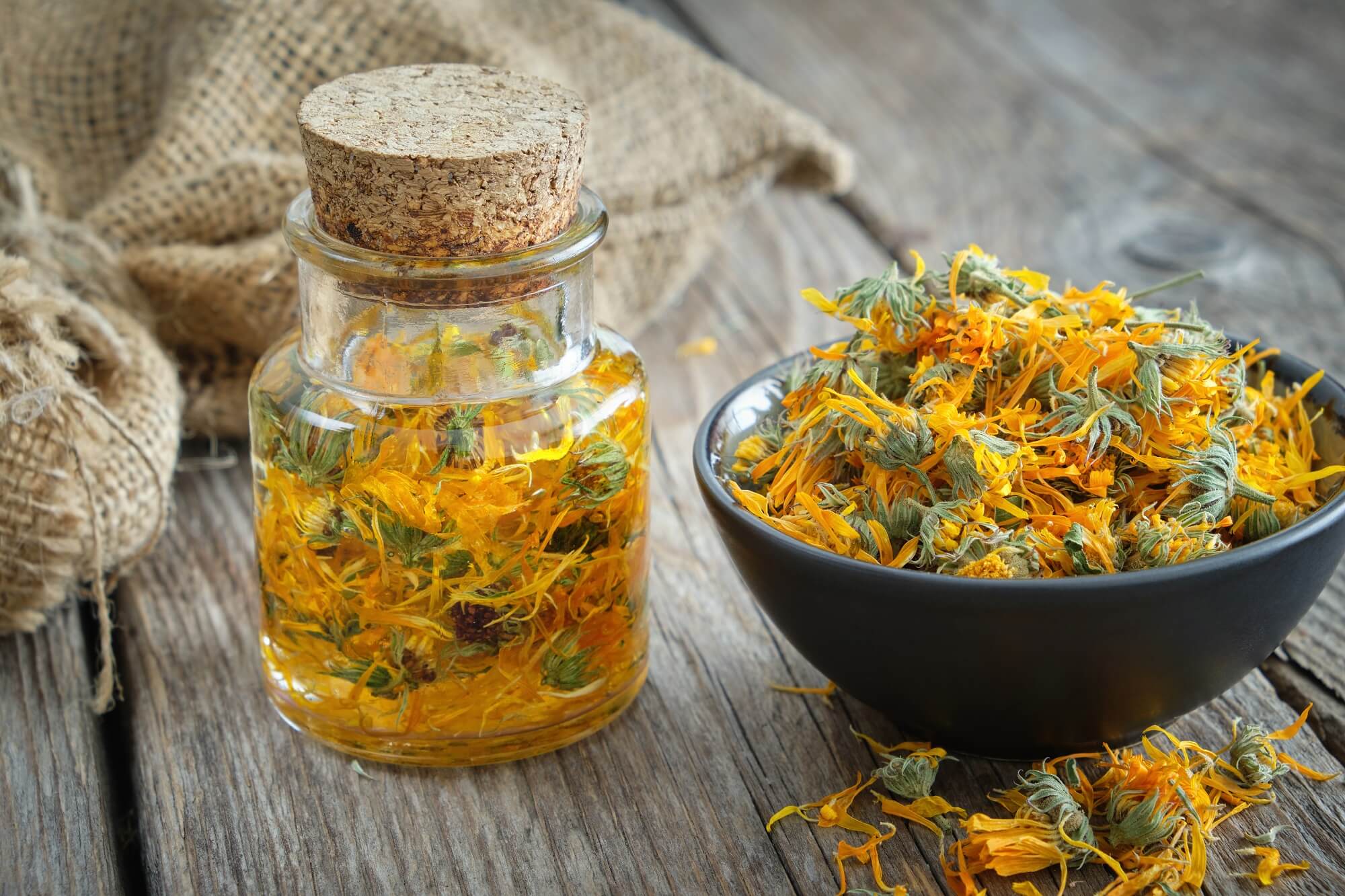
Calendula (Calendula officinalis) can be used to treat hemorrhoids. Calendula is proven by research, and recommended by herbalists, as a potent natural anti-inflammatory, wound healing herb. Many books also seem to recommend this herb for the same applications. Hence, its use in this regard does appear to be ubiquitous.
Some ways calendula helps repair wounds:
- Helping new tissue migrate upwards and repair a wounded area.
- Faster resolution of the inflammatory phase ("characterized by the release of proinflammatory molecules by the platelets, forming the hemostasis clot and damaged host cells"(source 7)) of wound healing.
- Stimulating the growth of fibrous tissue and angiogenesis (the formation of new blood vessels).
Calendula is antimicrobial,(source 1) and helps to prevent infection where it is applied. This can be important if your hemorrhoids are severe; reducing the risk of a concomitant infection is another reason to select this herb! It is also effective at controlling Candida(source 2) (the genus of yeast responsible for yeast infections).
For these reasons calendula should be a sure winner if you are looking for an herbal hemorrhoid treatment. It would also be wise to add some other herbs into your treatment plan. There can sometimes be a synergistic therapeutic effect generated when you mix multiple herbs; as they may attack a problem from different angles.
The renowned expert on medicinal herbs, Dr. James Duke, discusses using calendula for hemorrhoids in his book The Green Pharmacy.(source 3) Dr. Duke cites the British herbalist David Hoffmann’s recommendation for a herbal hemorrhoid treatment. Hoffman advises to make a topical salve made from calendula, plantain, yarrow, camomile, and St. John’s wort. This salve should be used after every bowel movement.
The Basics about Calendula
According to the authors of Botanical Medicine for Women’s Health,(source 4) the medicinal applications for calendula have been expressed since the earliest days of botanical writing. And, herbalists still often use this herb in clinical practice for the treatment of mucosal and skin injuries. The German Commission E also recommends calendula for these purposes.
The book goes on to say that calendula oil can be used topically as an anti-inflammatory and to help resolve poorly healing wounds. Some evidence suggests calendula’s water soluble flavonoids might be the reason for the herb’s wound healing ability. Additionally, calendula may have antiviral, antibacterial, and antitumor properties.
Naturally Treat Hemorrhoids in 48 Hours
Jessica Wright’s unique 5-step, all-natural approach to hemorrhoid treatment delivers permanent relief. Heal hemorrhoids in 48 hours, and eliminate the root cause in 30 to 60 days.
Benefit from Jessica’s 12 years of research; her book is backed by a 60 day, 100% money back guarantee.

Calendula Facilitates Wound Healing
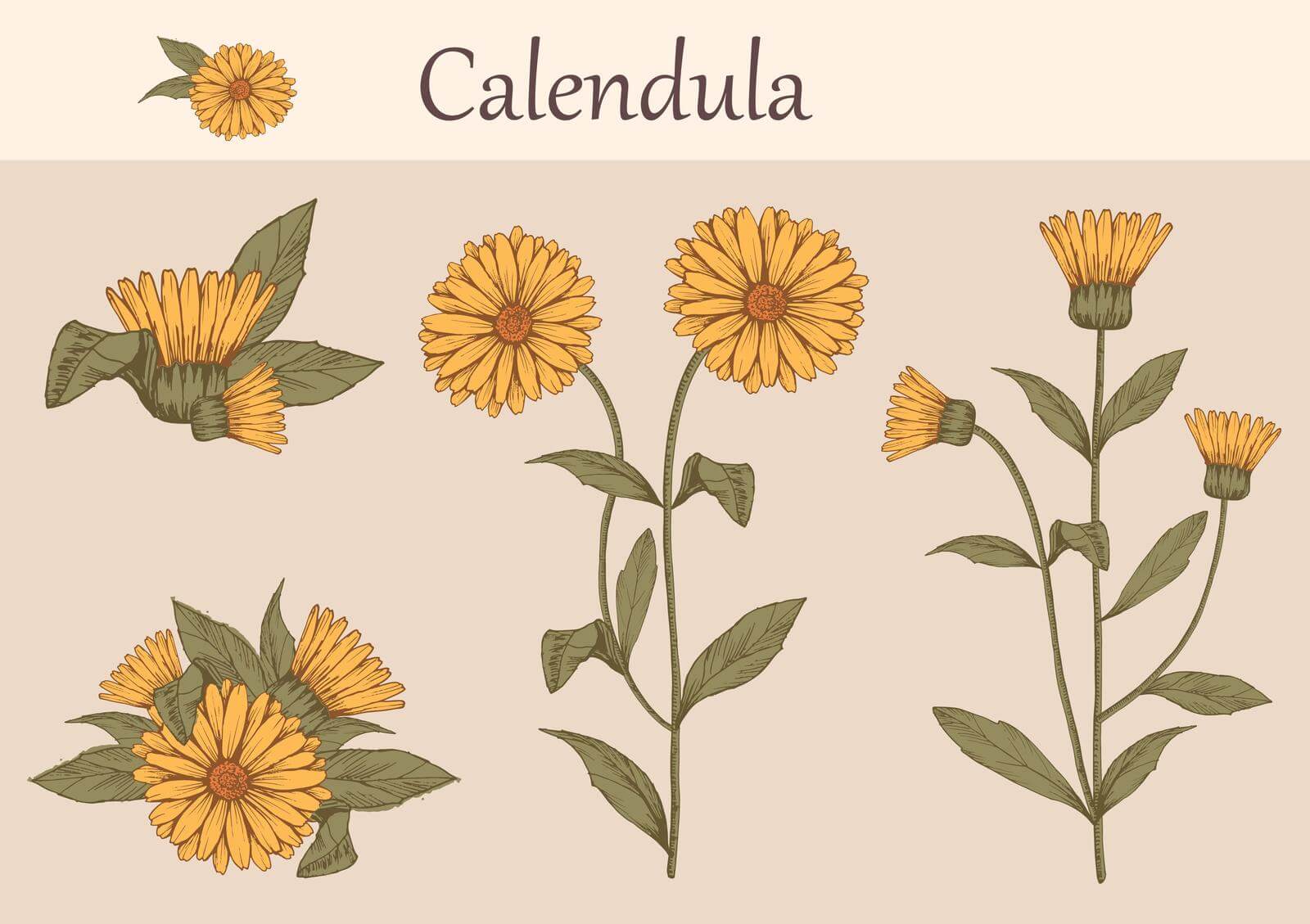
A 2015 study, in the European Journal of Pharmaceutical Sciences,(source 5) was done on calendula oil to see how it would perform as a wound dressing. Wounds were made on rats, and the calendula wound dressing was then applied.
The study used C. officinalis flowers for the source of their oil. The calendula oil was mixed with an emulsion and applied to wounds. The emulsion consisted of 15.0% marigold oil, 10.0% of blend surfactants, and 75.0% of purified water (weight / weight / weight).
The C. officinalis emulsion brought about increased leukocyte (white blood cell) recruitment on days 2 and 7; but, this was reduced compared to controls after 14 and 21 days. Collagen (the most abundant protein in the human body, found in skin and other connective tissues) synthesis was lowered by the calendula emulsion on days 2 and 7; this helped to speed up the process of re-epithelialization (epithelial cells—cells lining surfaces—migrating upwards and repairing a wounded area) of the wound.
The study concluded that the C. officinalis oil was able to improve the wound healing process, was not toxic to cells, and seemed to modulate the inflammatory phase of wound healing. Additionally, the emulsion preparation appeared to may have helped to keep the treatment in better contact with the wound.
The study also states that this herb has several medicinal properties, with its main activity as an anti-inflammatory. Other medicinal properties of the herb include antimicrobial, antiparasitic, and antimetastatic (inhibits cancer metastasis). These properties make it suitable for wound treatment and cosmetic products.
Samuel Bart’s Digestive Health Solution
Samuel Bart has always been passionate about plants and their ability to keep us healthy. He has put together some of the best natural ways that could help anyone support a healthy digestive system.
Samuel perfected an easy, yet powerful formula, which consists of amazing ingredients. Bart’s supplement is backed by a ironclad 60-day, money back guarantee.

A Review Study on Calendula for Wound Healing
A 2019 review study in Wound Repair and Regeneration(source 6) analyzed several different studies that used calendula as a wound treatment. Specifically, the review encompassed studies using C. officinalis flower extract as a therapy, compared to control, for wound healing in vivo (in the living).
Overall, 14 studies met inclusion criteria. Included studies were 7 clinical trials and another 7 studies were animal experiments. The primary outcome variable reported by these studies was the average difference between treatment (C. officinalis therapy) group and a control group.
Acute Wounds
For acute wounds (those occurring suddenly which naturally progress through the healing process) a reviewed study used topical calendula extract and aloe vera ointments; the control group received Betadine washes. The ointment was applied every 8 hours for 5 days. The experiment was conducted on female participants who had undergone episiotomy during labor.
The study showed calendula was able to elicit statistically significant improvement in wound healing 5 days after injury compared to controls. Women receiving calendula demonstrated lowered oedema (fluid retention), redness, ecchymosis (discoloration of the skin resulting from bleeding underneath), and more wound edge approximation.

Comprehensive Herbalist School
Dr. Patrick Jones, founder of the HomeGrown Herbalist School of Botanical Medicine has been a practicing veterinarian for over 25 years. He is also a clinical herbalist and traditional naturopath.
Kevin Harrington, Original Shark from ABC’s Shark Tank, stands behind Dr. Patrick Jones and HomeGrown Herbalist.
Learn More
Comprehensive Herbalist School
Dr. Patrick Jones, founder of the HomeGrown Herbalist School of Botanical Medicine has been a practicing veterinarian for over 25 years. He is also a clinical herbalist and traditional naturopath.
Kevin Harrington, Original Shark from ABC’s Shark Tank, stands behind Dr. Patrick Jones and HomeGrown Herbalist.Learn More
Overall, the review found that acute wound healing showed those receiving calendula had faster resolution of the inflammatory phase ("characterized by the release of proinflammatory molecules by the platelets, forming the hemostasis clot and damaged host cells"(source 7)) and increased production of granulation tissue (new tissue and microscopic blood vessels that form on a wound during the healing process). These results were consistent across 1 randomized clinical trial and 5 animal studies.
Chronic Wounds
For chronic wounds (wounds that do not go through the normal phases of wound healing in an orderly and timely way), the review included a study involving leg ulcers. The treatment group was given calendula extract ointment; the control group was given topical antibiotics and topical collagenase. Ulcer healing was analyzed over a 30 week period.
The study found that those receiving calendula had decreased time to wound closure (13.3 vs 22.1 weeks), higher complete epithelialization (73% vs 31%) (epithelization is the term for epithelial cells migrating upwards and repairing a wounded area), and a greater reduction in wound size each week (7.4% vs 1.7%) at 30 weeks.
Overall, reviewed studies on chronic wounds were conflicting. Two clinical control studies on ulcers showed decreased ulcer surface area for calendula treatments compared to controls. But, another clinical trial showed no improvement for the calendula group in diabetic leg ulcer healing.
The review ultimately concluded that they found some evidence for the calendula for wound healing. This evidence supported this herbs role in traditional medicine.
Dr. John Herzog (MD)
Dr. John Herzog, a "survival surgeon" from Maine explains what home remedies work best in a crisis situation.
This may be important in the event you require first-aid or are in an emergency situation without easy access to a hospital. Dr. John Herzog has assembled a large collection of home remedies for such scenarios.

Calendula Reduces Inflammation
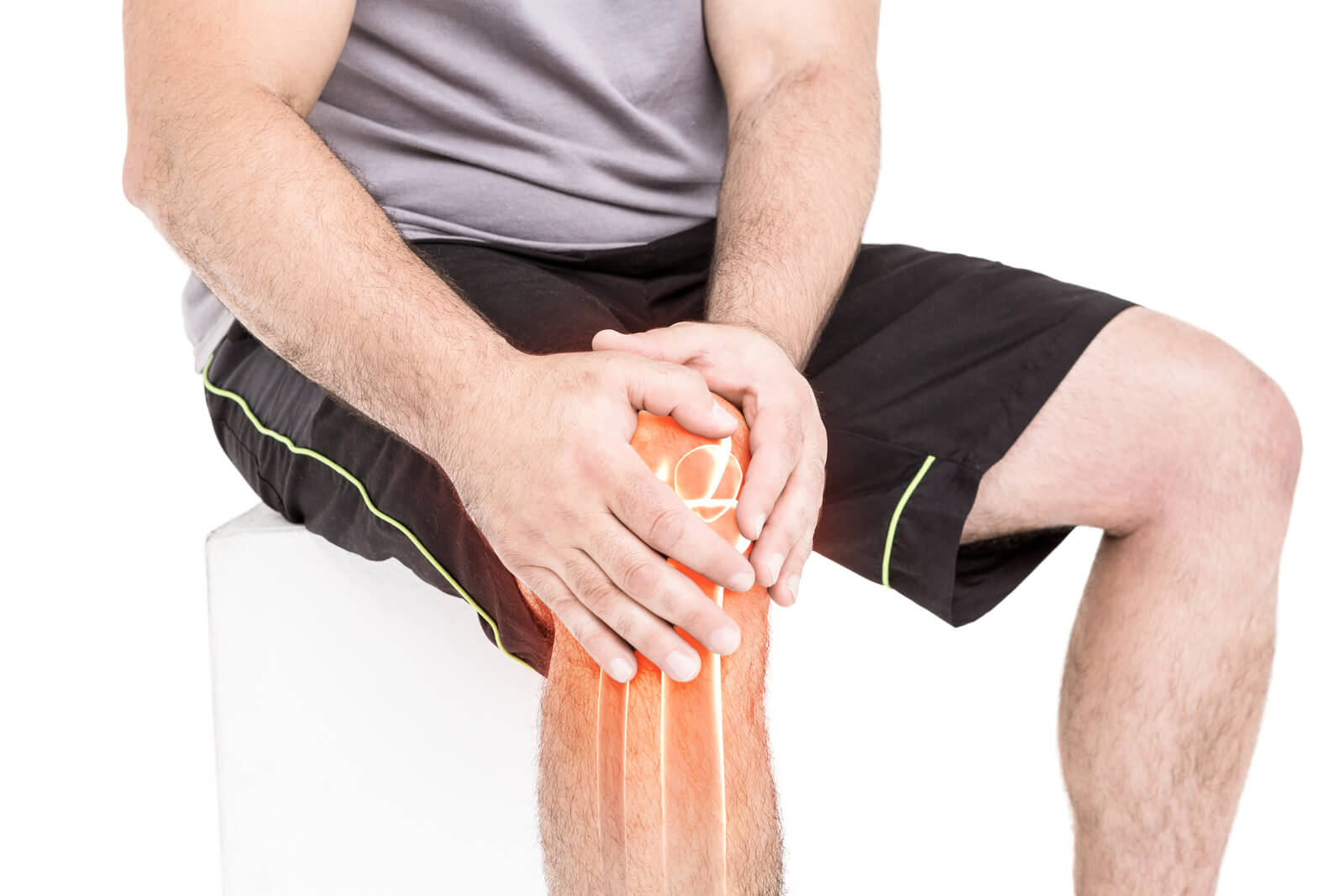
A 1990 study in Planta Medica(source 8) looked at how well C. officinalis extracts reduced inflammation in mice ears by the way they reduced edema (swelling caused by excess fluid trapped in the body’s tissues). The study authors state that the anti-inflammatory properties of C. officinalis are well known; this herb’s extracts are in many topical products for cosmetic and therapeutic uses.
The goal of this study was to evaluate two different types of C. officinalis extracts: one made with supercritical CO2 and another made from water and alcohol (70% ethanol). The evaluation metric was how well these extracts reduced edema induced in mouse ears.
The study found that the water / alcohol extract demonstrated a mild, dose-dependent effect. This extract was able to reduce edema by 20% at a dose of 1200mcg (micrograms) / ear. Yet, the CO2 extract performed much better. Just 75mcg of this extract reduced edema to a statistically significant degree. As the dose increased a proportionally increased inhibition effect was seen. At a dose of 1200mcg / ear a 70.7% inhibition of edema was produced.
This difference in the two extracts performance was due to CO2 being better at extracting the active chemicals from the C. officinalis than the water / alcohol solution.
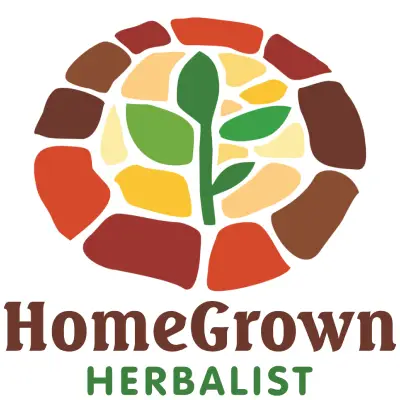
HomeGrown Herbalist Herb Shoppe
Owner of HomeGrown Herbalist Dr. Patrick Jones is a practicing veterinarian, Clinical Herbalist, and traditional naturopath. He owns and operates Fairview Animal Hospital in Buhl, ID.
Their herb shoppe provides herbs, essential oils, and tools. If you have some time, check it out!
Learn More
HomeGrown Herbalist Herb Shoppe
Owner of HomeGrown Herbalist Dr. Patrick Jones is a practicing veterinarian, Clinical Herbalist, and traditional naturopath. He owns and operates Fairview Animal Hospital in Buhl, ID.
Their herb shoppe provides herbs, essential oils, and tools. If you have some time, check it out!Learn More
The study concluded that C. officinalis has anti-inflammatory properties of therapeutic interest. The most active compounds in this herb seemed to be of a lipophilic (tending to combine with or dissolve in lipids or fats) nature, better able to be extracted with supercritical CO2.
A 2009 study in the Indian Journal of Experimental Biology(source 9) was done to evaluate calendula’s ability to reduce inflammation induced in mice (using carrageenan and dextran induced paw edema).
The study used ethanol (drinking alcohol) to produce the extract. To do this, fresh calendula flower tops were collected. The ethanol was added to the plant material and allowed to sit in a jar. The jar was shaken everyday for two weeks. The extract was further processed, dried, and dissolved in distilled water.
The study results showed that oral administration of 250 mg/kg body weight produced 50.6% reduction in paw edema. 500 mg/kg body weight of the extract produced 65.9% reduction in edema. Both of these results were significant.
The study found that C. officinals produced a potent anti-inflammatory effect.
Another 2012 study in Evidence-Based Complementary and Alternative Medicine(source 10) analyzed calendula’s anti-inflammatory and wound healing ability. The study was conducted on rats using C. officinalis extract.
The study concluded that C. officinalis had anti-inflammatory and antibacterial activities. Additionally, the extract was able to stimulate the growth of fibrous tissue and angiogenesis (the formation of new blood vessels). Consequently, C. officinalis extracts positively affect the inflammatory and proliferative phases of the healing process on skin wounds.
Claire Goodall’s Amazing Guide
Clair Goodall is a bee-obsessed, natural medicine convert from Minnesota (USA). And, she does keep bees!
Clair has created 350+ page book documenting how to replace the toxic products and medications in your home with healthier, all-natural alternatives.

Heal Hemorrhoids Naturally in 48 Hours

If you have tried "everything" to treat hemorrhoids, including surgery, but it didn’t work—your’re not alone. Jessica Wright experienced this same hardship due to hemorrhoids. But, with extensive research and understanding of natural medicine, she developed a solution to permanently end her hemorrhoids.
Jessica Wright wrote an entire book detailing exactly how to replicate her success. Also, it appears "Jessica Wright" is probably a pen name for a woman—and author—named Linda Allen. Linda suffered from recurrent yeast infections as well, maybe at the same time as she had hemorrhoids. She turned to natural medicine for answers when medical doctors and their solutions could not help.
Jessica’s story is one of severe and chronic hemorrhoids. It involves routine doctor’s visits, prescription medications / creams, significant suffering from hemorrhoids, and even a two hour hemorrhoids surgery (stapled hemorrhoidopexy). Yet, 12 years of these treatments didn’t resolve Jessica’s hemorrhoids.
Despite these setbacks, Jessica didn’t give up; instead, she turned to natural medicine and diligent research. Skipping to the end of Jessica’s story, she would develop a natural method to treat hemorrhoids that worked brilliantly.
After Jessica put together her treatment protocol and used it, she found her hemorrhoids completely disappeared. And, they stayed gone. Something her doctor was not able to do. Yet, all it took was the right natural therapeutic approach.
Jessica also gave her treatment approach to others; and, they experienced the same exceptional results. Typically, Jessica’s system provides dramatic relief of hemorrhoids in just 48 hours. And, the root cause of hemorrhoids is fixed within 30 to 60 days.
A company selling hemorrhoid symptom products does not want their customer base diminished. Consequently, unpatentable natural medicine does not get much attention or publicity.
So, how can you know if Jessica Wright’s claims are legitimate and not a scam? That is a great question. Here are 3 important reasons why Jessica’s book is legitimate:
- It is published by a large U.S. based company (Located in Idaho) known as ClickBank. ClickBank handles all the sales and refunds of many products like Jessica’s. They do business in many countries; and, have been in business for many years.
- ClickBank provides a 60 day, 100% money back guarantee on all their products, Jessica’s book included.
- If you are not satisfied with Jessica’s book you can simply contact ClickBank (they make it very easy) for a full refund.
Jessica’s story is more in-depth than this concise overview. And, there are additional bonuses Jessica provides with her book. If you’d like to find out more about Jessica’s personal story or her hemorrhoid treatment; you can learn more at Jessica Wright’s website.
About the Author
Nick Gross is a natural medicine enthusiast who has been researching and writing about natural medicine since 2008. Nick is primarily a web developer, but also researches and authors written and video content about natural health. Nick has a bachelor’s degree in Management Information Systems from the University of Northern Iowa.
More on Nick GrossImportant Disclosures & Disclaimers
It is important to use the information you find on Herbsey.com in the right way. Also for legal reasons, these disclaimers and disclosures are necessary. For further information about each, feel free to click the link provided to the page on this website that provides more information.
Medical Disclaimer
The information on this website is not a prescription for anyone. This information is for informational or educational purposes only, and is not a substitute for professional medical advice or consultations with healthcare professionals.
Advertisement Disclosure
Some of the links provided on this article and website are affiliate links. If you purchase a product after clicking on these links, Herbsey.com will earn a commission. Herbsey.com promotes various products through advertisement and text links. For more information: Our Advertisements.







